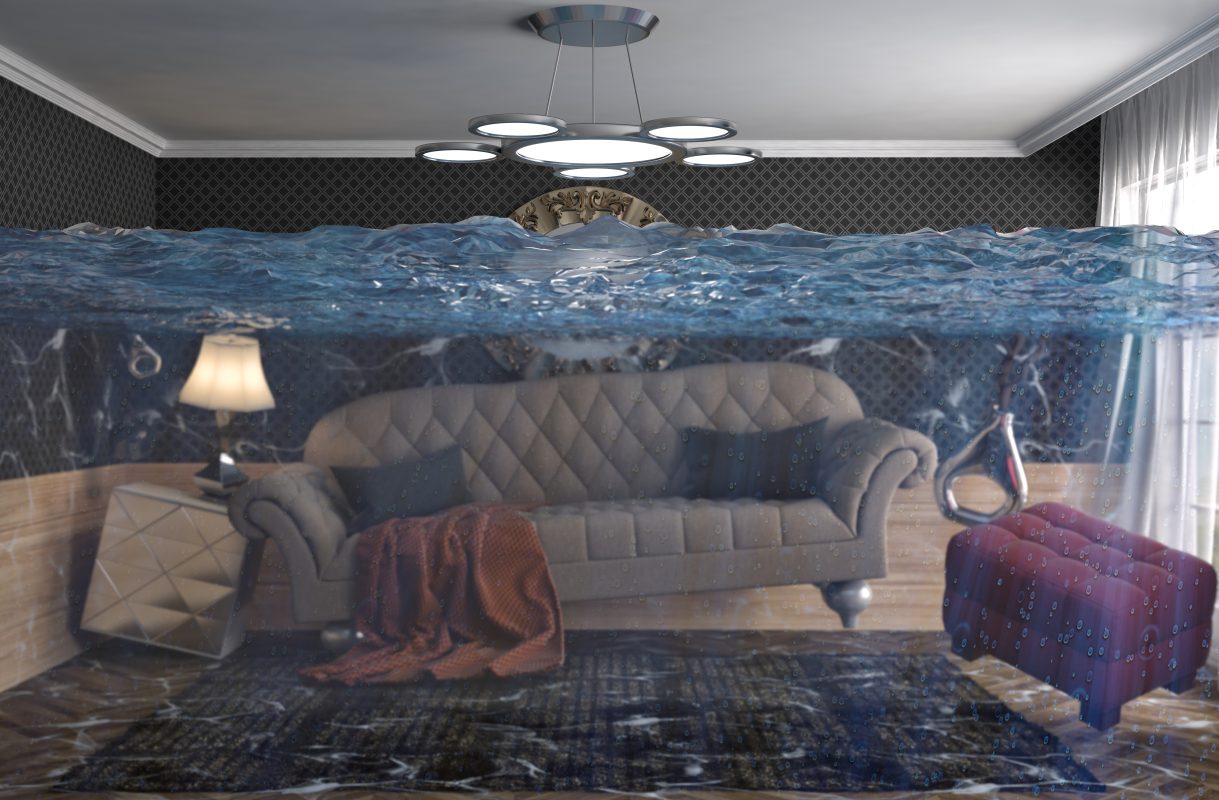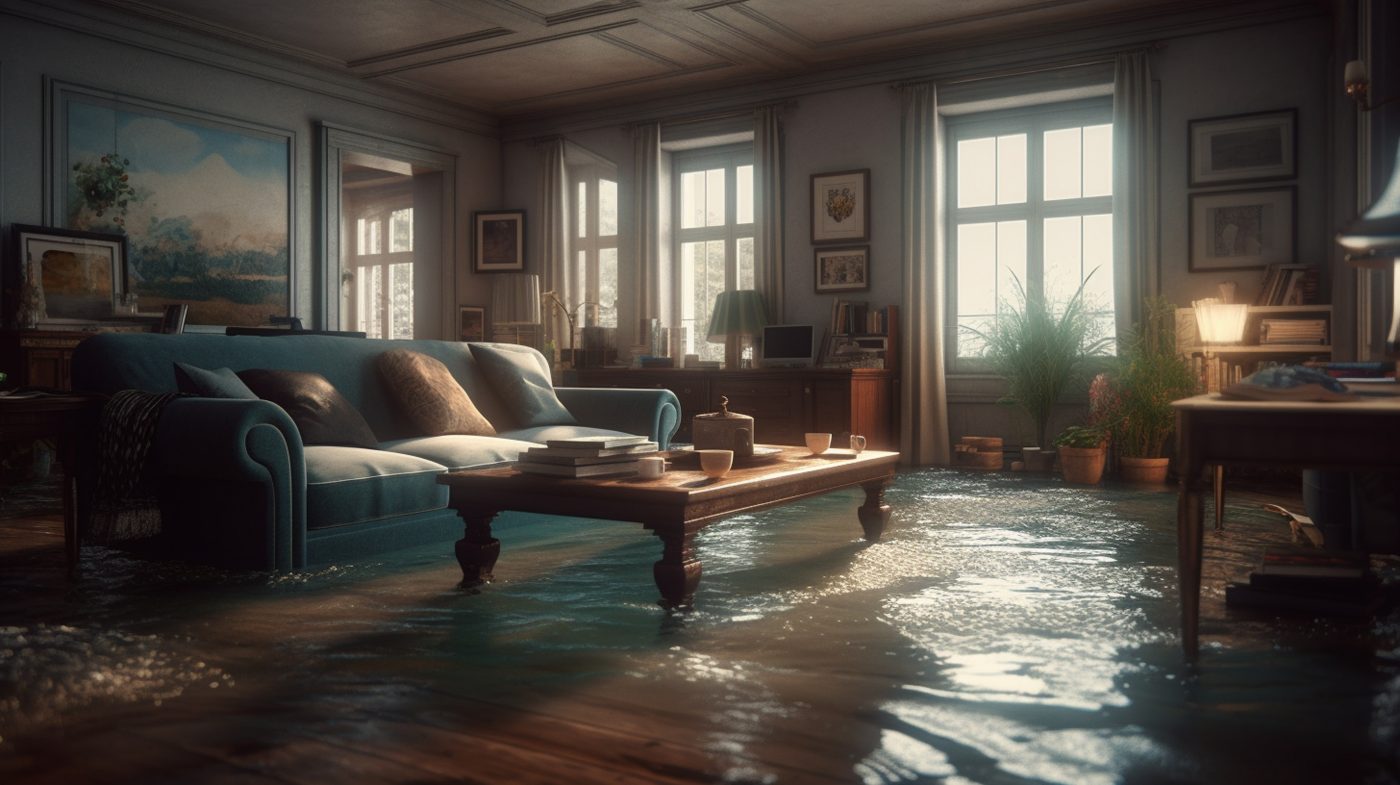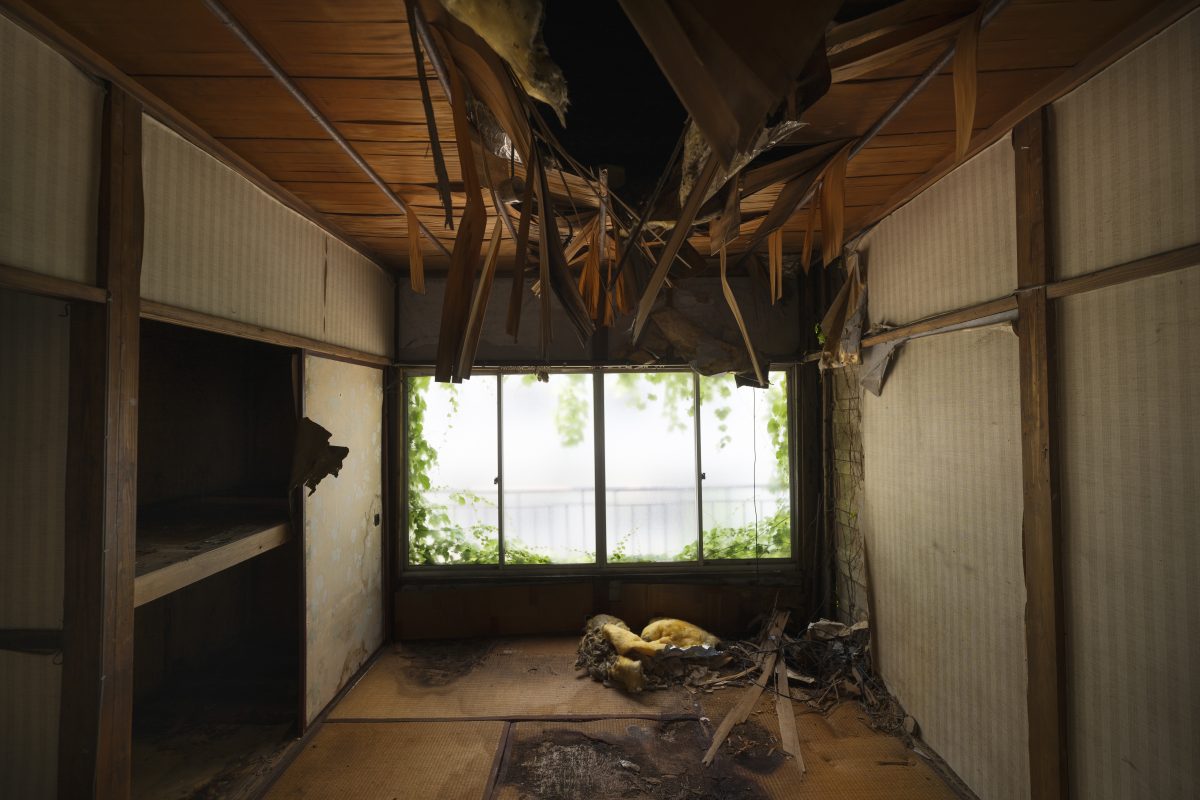Are you faced with water damage in your home and feeling overwhelmed? Don’t fret! In our comprehensive 2024 Water Damage Restoration Guide, we have compiled expert-backed steps that will help you navigate through the restoration process with ease.
Water damage can occur due to various reasons, such as leaks, floods, or burst pipes, and it can wreak havoc on your property. But with the right knowledge and guidance, you can minimize the damage and restore your home to its former glory.
In this article, we will walk you through each stage of the restoration process, from initial assessment to final cleanup. Our expert tips and insights will empower you to take the necessary steps to mitigate further damage and ensure a successful restoration.
Whether you’re a homeowner, a renter, or a property manager, this guide is designed to provide you with the information you need to make informed decisions during a challenging time. So, let’s dive in and discover the expert-backed steps that will guide you towards a successful water damage restoration.
Understanding the different types of water damage
Water damage can be categorized into three types: clean water, grey water, and black water. Understanding the differences between these types of water damage is crucial for determining the appropriate restoration process.
Clean water damage is caused by a clean water source, such as a burst pipe or a leaking faucet. This type of water damage poses the least risk to your health and can usually be remediated without extensive measures.
Grey water damage occurs when water is contaminated with chemicals, microorganisms, or other pollutants. This can be a result of a malfunctioning dishwasher or washing machine. Grey water damage requires additional precautions during the restoration process to ensure safety.
Black water damage is the most severe type of water damage and is highly unsanitary. It typically contains sewage, bacteria, and other harmful substances. Black water damage can result from sewage backups or flooding. Restoring a property affected by black water damage should only be done by professionals due to the health risks involved.
Understanding the type of water damage you are dealing with is essential for determining the appropriate restoration steps and ensuring the safety of everyone involved.
Assessing the extent of the water damage
Before diving into the restoration process, it’s crucial to assess the extent of the water damage. This assessment will help you understand the scope of the restoration project and identify any potential underlying issues.
Start by inspecting the affected areas and documenting the damage. Take photographs and notes to provide evidence for insurance claims and to help professionals understand the severity of the situation.
Next, determine the source of the water damage and address it to prevent further damage. If it’s a burst pipe or a leaking appliance, shut off the water supply to prevent more water from entering the space.
Once you have assessed the immediate damage, consider the potential long-term effects. Water can seep into hidden areas, such as wall cavities or under flooring, leading to structural damage and mold growth. Use moisture detection tools to identify hidden moisture and determine the extent of the damage.
By thoroughly assessing the water damage, you can create a detailed restoration plan that addresses all the areas in need of repair and prevents further complications.

Safety precautions during water damage restoration
During the water damage restoration process, it’s essential to prioritize safety for yourself and others involved. Taking the necessary precautions can prevent accidents and minimize health risks.
First and foremost, ensure that the electricity is turned off in the affected areas. Water and electricity are a dangerous combination, and working in wet conditions can lead to electric shock or fires. If you’re unsure how to safely turn off the power, consult a professional electrician.
Wear protective gear, including gloves, goggles, and a face mask, to protect yourself from any potential contaminants. Water damage can introduce bacteria, mold, and other harmful substances into your home. Protecting your respiratory system and skin is crucial when working in these environments.
If the water damage is extensive or involves black water, it’s best to hire a professional water damage restoration company. They have the expertise and equipment to handle the restoration process safely and effectively.
Remember, your safety and the safety of others should always be the top priority during water damage restoration.
Steps for water extraction and drying
Once you have taken the necessary safety precautions, it’s time to start the water extraction and drying process. Removing excess water and drying out the affected areas is crucial for preventing further damage and mold growth.
Start by removing standing water using pumps or wet-dry vacuums. Be thorough and remove water from all affected areas, including carpets, furniture, and walls. The longer water sits, the more damage it can cause, so act quickly.
After removing the standing water, use dehumidifiers and fans to dry out the space. Proper air circulation and controlled humidity levels are essential for preventing mold growth. Monitor the drying progress regularly and adjust the equipment as needed.
If you’re dealing with extensive water damage or are uncertain about the drying process, it’s best to consult a professional water damage restoration company. They have specialized equipment, such as industrial-grade dehumidifiers and moisture meters, to ensure thorough and effective drying.
By following these steps, you can effectively extract water and dry out the affected areas, minimizing further damage and mold growth.
Dealing with mold and mildew growth
Mold and mildew are common issues that arise after water damage. These fungi thrive in moist environments and can cause health issues if not properly addressed. To prevent mold and mildew growth, take the following steps during the restoration process.
First, inspect the affected areas for any signs of mold or mildew growth. Look for visible mold, musty odors, or discoloration on walls, ceilings, or furniture. If you suspect mold growth, it’s crucial to address it promptly to prevent further spread.
To remove mold and mildew, use a mixture of water and detergent or a specialized mold cleaner. Scrub the affected surfaces thoroughly and ensure they are completely dry. Dispose of any porous materials, such as carpets or drywall, that cannot be effectively cleaned.
After cleaning, consider applying a mold-resistant paint or sealant to prevent future mold growth. These products create a barrier against moisture, reducing the risk of mold and mildew formation.
If the mold growth is extensive or you’re uncertain about handling it yourself, it’s best to hire a professional mold remediation company. They have the expertise and equipment to safely remove mold and prevent further contamination.
By addressing mold and mildew growth during the restoration process, you can ensure a safe and healthy environment in your home.

Repairing and restoring damaged materials
Once the affected areas are dry and free from mold and mildew, it’s time to repair and restore the damaged materials. Depending on the extent of the water damage, this step may involve minor repairs or more extensive renovations.
Start by assessing the damage to walls, ceilings, and flooring. Replace any damaged drywall, insulation, or flooring materials. Ensure that the new materials are properly installed and meet safety standards.
If furniture or personal belongings were affected by the water damage, evaluate whether they can be salvaged or need to be replaced. Upholstered furniture and mattresses are particularly susceptible to mold growth and may need to be discarded.
Consider consulting with professionals, such as plumbers or electricians, to inspect and repair any damaged systems. Water damage can affect electrical wiring, plumbing, and HVAC systems. Ensuring these systems are in proper working order is crucial for a successful restoration.
Finally, don’t forget about the aesthetic aspects of restoration. Repaint walls, replace baseboards, and restore any decorative features that were damaged. By paying attention to the details, you can restore your home to its pre-damage condition.
Preventing future water damage
Once your home is restored, it’s essential to take steps to prevent future water damage. By implementing preventive measures, you can minimize the risk of experiencing water damage again.
Regularly inspect your home for potential issues, such as leaks or weak spots in the plumbing system. Address these issues promptly to prevent them from escalating into significant water damage events.
Install water leak detection devices and automatic shut-off valves to quickly identify and mitigate leaks. These devices can help minimize damage and prevent extensive flooding.
Keep your gutters and downspouts clean and free from debris. Clogged gutters can cause water to overflow and damage your home’s foundation. Regular maintenance can prevent this issue.
Consider installing a sump pump in your basement or crawl space. A sump pump can help prevent flooding by removing excess water during heavy rain or flooding events.
Educate yourself and your family on how to shut off the water supply in case of emergencies. Knowing how to quickly stop the flow of water can prevent extensive damage.
By implementing these preventive measures, you can reduce the risk of future water damage and protect your home.
Hiring a professional water damage restoration company
While some water damage restoration tasks can be handled on your own, there are instances where hiring a professional water damage restoration company is the best course of action.
Professional restoration companies have the expertise, equipment, and resources to handle even the most severe water damage situations. They can quickly and effectively extract water, dry out the affected areas, and restore your home to its pre-damage condition.
When choosing a water damage restoration company, consider their experience, certifications, and customer reviews. Look for companies that are licensed and insured to ensure they meet industry standards.
Additionally, reputable restoration companies will provide a detailed estimate and explanation of the restoration process. They should be transparent about their pricing, timeline, and the steps they will take to restore your home.
By hiring professionals, you can have peace of mind knowing that your home is in capable hands and will be restored to its former glory.

Conclusion: Taking action for a successful water damage restoration process
Water damage can be a challenging and overwhelming experience, but with the right knowledge and expert-backed steps, you can successfully restore your home.
By understanding the different types of water damage, assessing the extent of the damage, and taking safety precautions, you can navigate the restoration process with confidence.
Remember to extract water, dry out the affected areas, and address any mold or mildew growth. Repair and restore damaged materials and implement preventive measures to minimize the risk of future water damage.
Whether you choose to handle the restoration process yourself or hire professionals, taking action promptly is crucial for a successful restoration.
With the guidance provided in this 2024 Water Damage Restoration Guide, you have the tools to make informed decisions and restore your home to its former glory. Embrace the process and turn this challenging experience into an opportunity for a fresh start.

